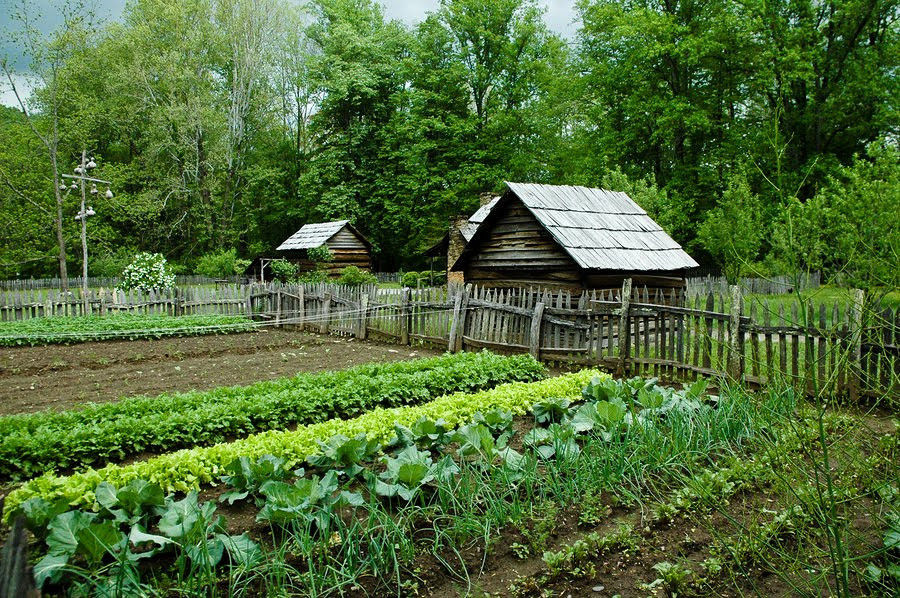Email a copy of 'Letters Re: The Human-Powered Veggie Garden' to a friend
3 Comments
- Ad Barter and Sell at Simcour Trading PostA new site for individuals to barter and sell items of interest to other like-minded individuals
- Ad Civil Defense ManualHow to protect, you, your family, friends and neighborhood in coming times of civil unrest… and so much more, Go to www.civildefensemanual.com for contents.


Double digging provided me with key information about the existence of a rotten quartz shelf about 8 inches below my garden in that spot. I was digging because that area always seemed “burned up”. Now that area is where I catch rain water. I quickly converted to the “pile it up” philosophy. And, no, 10 days upside down does not kill bermuda grass. Nothing but elbow grease kills bermuda.
I want to address the response from PM. Solomon’s philosophy in the book Gardening When it Counts is specifically the opposite of “an idea left over from times when heavy chemical fertilization and peat moss were used in suburban gardens”. His entire approach is based on the idea that these materials will not always be as readily available, and are already nutritionally sub-par.
The double-dug approach that I described, and that Solomon teaches in his book is intentionally not intensive, meaning that the idea of growing as much as possible in a tiny space is the exact opposite of the goal. The plant spacing is pushed way out, and the general idea is to make it low-maintenance, and hand-workable.
No-till methods that require newspaper, bales of straw, or annual applications of inches of compost/mulch will not be workable in a grid-down scenario. Whether or not no-till methods work or are healthy for the soil are secondary considerations if you don’t have access to the materials. I have read enough testimonials to believe it’s a viable gardening method, but to paint with broad strokes and dismiss digging a garden by hand is to throw away thousands of years of successful food production.
@JA, I would tend to agree that depending upon resources that may not be available is probably not the way to go.
By the way, what I meant by “high yielding” was that the individual plants were not only healthier, but bore much more fruit/seeds than plants grown in my traditional tilled garden. We planted them with the same spacing, but the root system obviously enjoyed the looser and richer soil that they grew in.